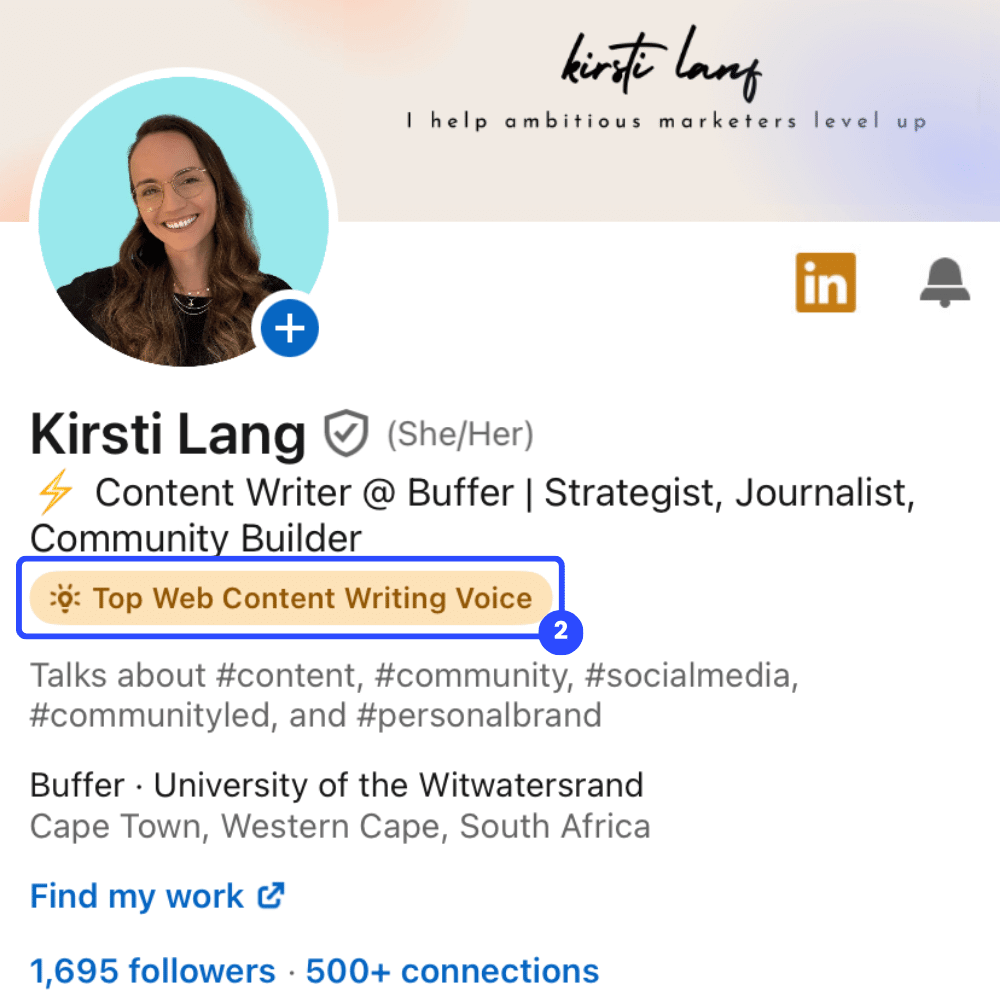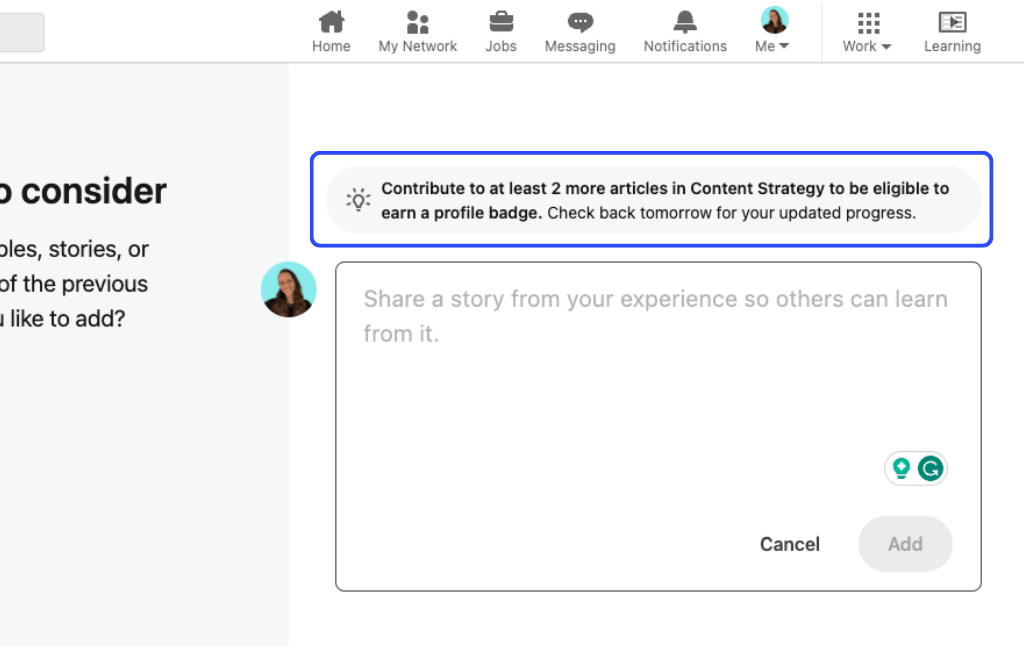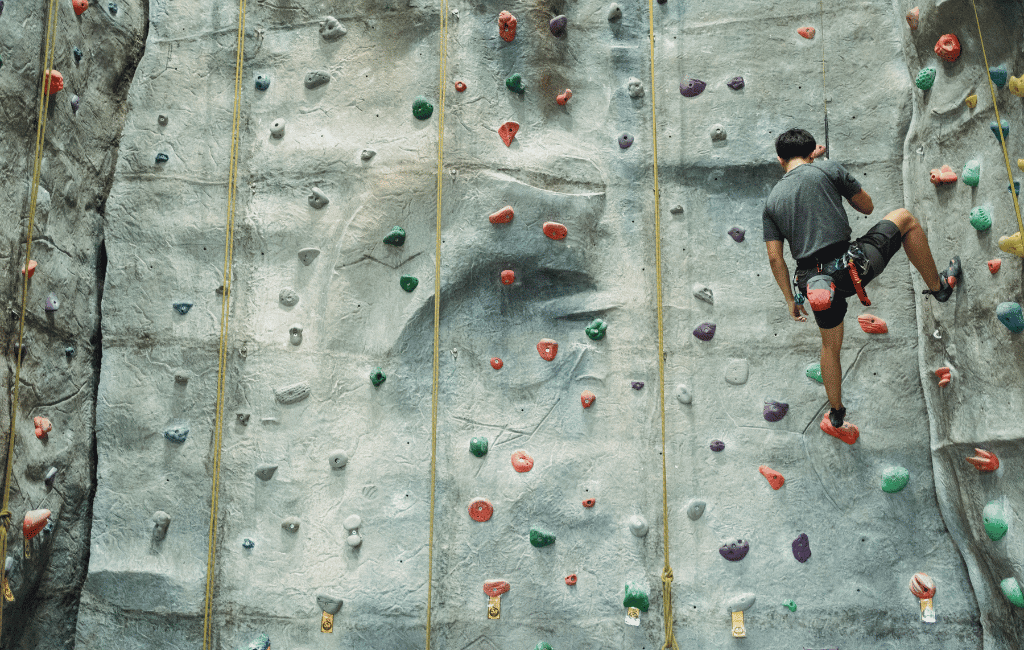Many social media platforms are rethinking the way they reward their top creators.
A blue tick or badge on social media used to mean you were someone to watch — whether that meant a creator with a growing following or a recognized public figure. But with Meta’s new verification subscription and X Premium, getting the social stamp of approval requires a lot less by way of expertise (if you’re willing to spend a bit of money every month, that is).
LinkedIn, however, has gone the other way. The networking platform is doubling down on skills, experience, and a bit of leg work in the Top Voices program. This was especially true of its Community Top Voices tier — a badge that was a whole lot easier to nab.
However, LinkedIn recently shared that its Top Community Voice program will end on October 8, 2024. (More on this below).
That said, the blue Top Voice badge is still alive and well — and comes with significantly more clout than the Gold Top Community Voice badge.
LinkedIn’s blue Top Voice badge is well worth having if you’re serious about building a personal brand and cementing yourself as a thought leader in your industry. It’s a resume-worthy accolade, and a powerful symbol that your work is highly valuable.
Here’s everything you need to know about LinkedIn Top Voices and how to become one, along with more details about what happened to Top Community Voices.
What is a LinkedIn ‘Top Voice’?
LinkedIn’s Top Voices badges are awarded to top creators “to make it easier for our members to identify and follow valued and quality content on LinkedIn from experts around the world,” the platform says.
While these badges are not quite the same as verification (LinkedIn has a simple, separate process for making sure users are who they say they are), the prestige is similar to that which used to be attached to a blue tick on Twitter or Instagram.
It tells other users that you are a top creator on the platform, and LinkedIn values your contribution enough to give you their stamp of approval.
You may have heard of the LinkedIn Influencer program — an elite group of LinkedIn creators handpicked by the platform as the preeminent thought leaders in their industry. The Influencer program has evolved into Top Voices, but still functions similarly.
In 2023, LinkedIn introduced its collaborative articles and, with them, the gold Community Top Voice badge.
LinkedIn retired the program as of October 8, 2024.

The gold badge was awarded to creators who made “noteworthy contributions to collaborative articles” in specific areas, no matter their seniority in the field.
These articles were largely AI-generated and augmented by the comments LinkedIn users added after being invited to contribute.

While many creators — myself included! — were initially really excited to have the opportunity to earn their badges with these contributions, the system soon got a little chaotic, as the platform shared in September 2024:
“We’ve learned that it is challenging to maintain the highest quality standards for our Community Top Voice badges, as they are currently awarded automatically to contributors, and not manually awarded by our team.”
“Therefore, we have decided to retire the gold Community Top Voice badge (gold badge) and discontinue the ability to earn them automatically through contributions to collaborative articles starting October 8, 2024.”
As was always the case, Community Top Voice badges expire within 60. So, if you earn a badge on October 8, 2024, the latest you’ll have one is December 7, 2024.
How to become a LinkedIn Top Voice
Back to the top-tier blue Top Voice badge. This level is reserved for “senior-level experts and leaders”. They’re handpicked by the LinkedIn Editorial team, who vet new creators regularly, the platform says.
Unlike the Community Top Voice Badge, this one is not specific to a particular niche or area of expertise. The badge will simply say ‘Top Voice.’
Earning your LinkedIn Top Voice badge may well happen as a result of successfully building your brand and a following on the platform with high-quality content.
We have several articles that take a deep dive into the world of personal brand building and growing on LinkedIn. Here’s my recommended reading, in order:
- How to Build a Personal Brand (Using A Simple Framework)
- 3 Steps to Use LinkedIn to Make Connections and Grow Your Personal Brand
- 6 LinkedIn Experts Gave Me Their Personal Branding Secrets — I Tried Them All
If you’re itching to get started, here’s a quick-start guide to building a personal brand on LinkedIn (and hopefully attracting the notice of the LinkedIn Editorial Team).
Define your audience
Pinpoint who you’re talking to and what problems you can help them solve with your particular set of skills and experience. These are the building blocks of all your work on LinkedIn and are crucial in setting yourself up for success.
Make sure your LinkedIn profile is complete
This is perhaps the easiest part of the process. Here’s your LinkedIn profile checklist:
- Turn on Creator Mode. Switch to Creator Mode to get access to a host of useful features, like the ‘Follow’ button and analytics.
- Use a professional photo. Make sure your face is clearly visible. Pro tip: Use a tool like Canva to remove the background of your image and replace it with a solid color so your profile really stands out in other users’ feeds.
- Write a catchy headline that shows off more than just your current role. Don’t be afraid to get detailed here — you have over 200 characters to play with.
- Create a cover photo that highlights your areas of expertise. Rather than going with a generic cover, include a call-to-action (CTA) or tagline on your background photo. Step 1 in this process (defining your audience) will be really helpful in crystallizing your CTA.
Create high-quality content
Perhaps the most important piece of the puzzle when it comes to building a brand — and earning a LinkedIn Top Voice badge — is consistently producing helpful, engaging content. Again, step 1 in this list, defining your audience and the problems you can help them solve, is an important springboard in helping you build out a content strategy.
Along with your knowledge, don’t forget to share your own experiences and even mistakes you have made in your career in some of your content. Building trust with your followers on LinkedIn, as is the case on any social platform, means being transparent and authentic.
It’s also worth playing around with different post formats to find your sweet spot. I’ve seen great success in posts that included photos and videos, like the one below.
On Buffer’s LinkedIn page, PDF carousels that break down content into bite-size chunks seem to really resonate with our audience, too. Experiment to find what format your audience is most receptive to.
Engage with other LinkedIn creators
Growing an engaged following doesn’t just mean, as they say in the classics, ‘posting and ghosting’. It requires engagement with comments on your own posts and, crucially, on content posted by other users as well. Thoughtful, helpful comments will attract other followers to your profile and help you earn a spot in their feeds.
More resources for LinkedIn creators
Looking for guidance to help you grow on the platform? You’ve come to the right place. These are my LinkedIn must-reads:
📚 How to Build a Personal Brand on LinkedIn (+ Why You Should)
📚 6 LinkedIn Experts Gave Me Their Personal Branding Secrets — I Tried Them All
📚 42K+ Followers on LinkedIn: How I Built My Audience and How You Can Too
📚 60 Days, 58 LinkedIn Posts, 568,000 Impressions: Here’s What I Learned
📚 LinkedIn’s Video Feed is Here: Here’s How to Create + Share Video on the Platform
Do you have any more questions about LinkedIn’s Top Voices program? If so, I’d love to hear them and help where I can! Find @buffer on LinkedIn or Twitter, or comment below.










